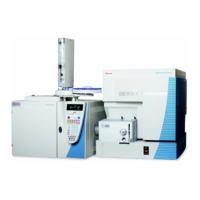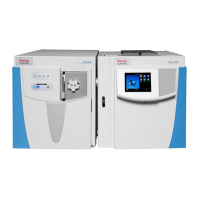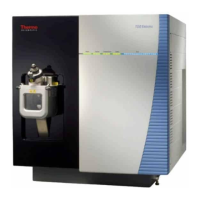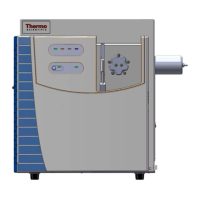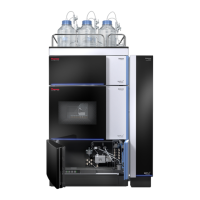1
Introduction
LC/MS Functional Block Diagram
Thermo Scientific TSQ Endura and TSQ Quantiva Hardware Manual 5
You can use the first stage of mass analysis to elucidate the structures of pure organic
compounds and the structures of the components within mixtures. Furthermore, in a second
stage of mass analysis, the mass spectrometer can fragment and separate each ionic fragment
of a molecule formed in the ion source to build up an entire structure for the molecule, piece
by piece. Therefore, the mass spectrometer makes it possible to investigate all pathways for the
formation and fragmentation of each ion in the mass spectrum.
The two stages of mass analysis are ideal for very selective and sensitive analysis by reducing
chemical noise in the final mass spectrum.
Each sequence of single- or two-stage mass analysis of the ions is called a scan. The mass
spectrometer uses several different scan modes and scan types to filter, fragment, or transmit
ions in the mass analyzer, including the ionization and ion polarity modes. This ability to vary
the scan mode and scan type provides greater flexibility in the instrumentation for solving
complex analytical problems.
LC/MS Functional Block Diagram
Figure 1 shows a functional block diagram of the TSQ Endura and TSQ Quantiva systems
with hyperlinks to the applicable sections. A sample transfer line connects the LC inlet device
to the mass spectrometer. The LC device is usually installed on the left side of the mass
spectrometer. A dedicated holder that sits on top of the mass spectrometer contains the
syringe pump and divert/inject valve.
In a typical analysis by LC/MS, a sample is injected onto an LC column. The sample then
separates into its various components. The components elute from the LC column and pass
into the mass spectrometer for analysis.
Figure 1. Functional block diagram of the TSQ Endura and TSQ Quantiva systems
Autosampler
(optional)
LC pump
(optional)
Syringe pump
Divert/inject
valve
API
source
Ion
optics
Mass
analyzers
Ion
detection
system
Instrument
control
electronic
assemblies
Vacuum
system
Printer
Computer
Monitor
Data systemMass spectrometer
Inlet
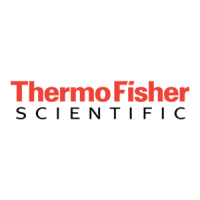
